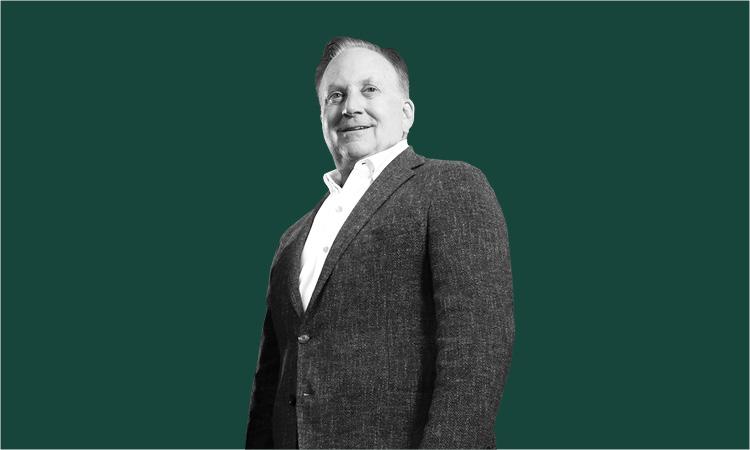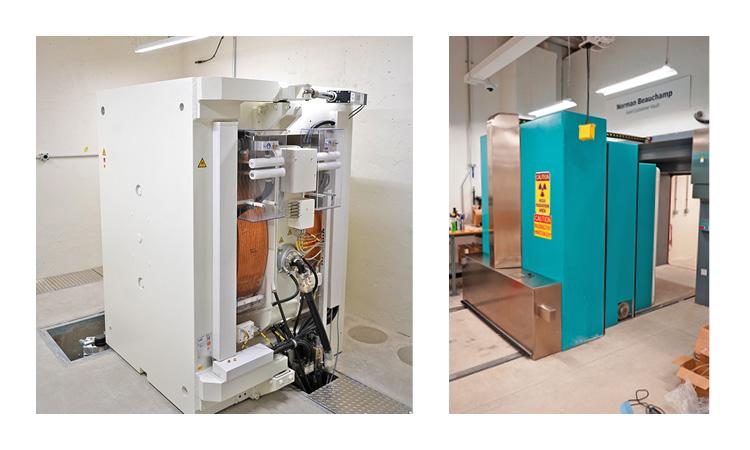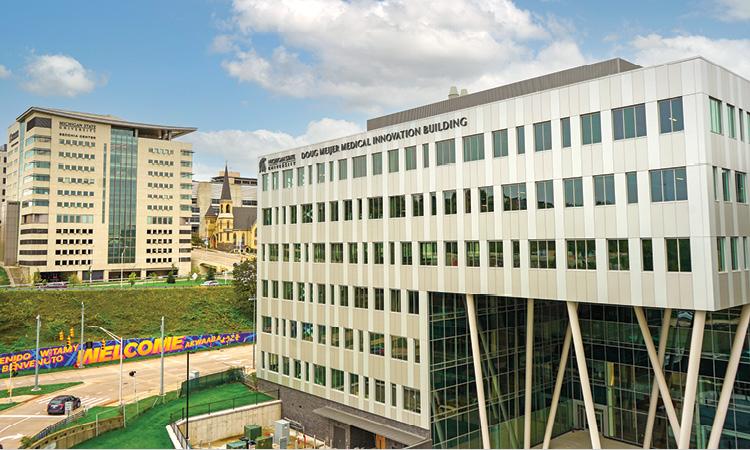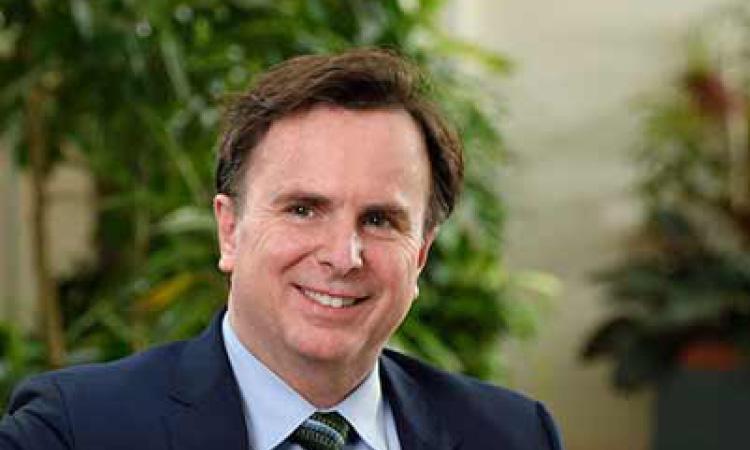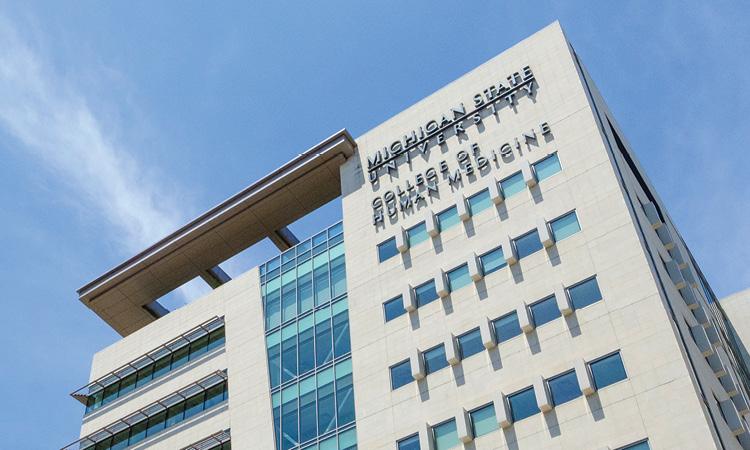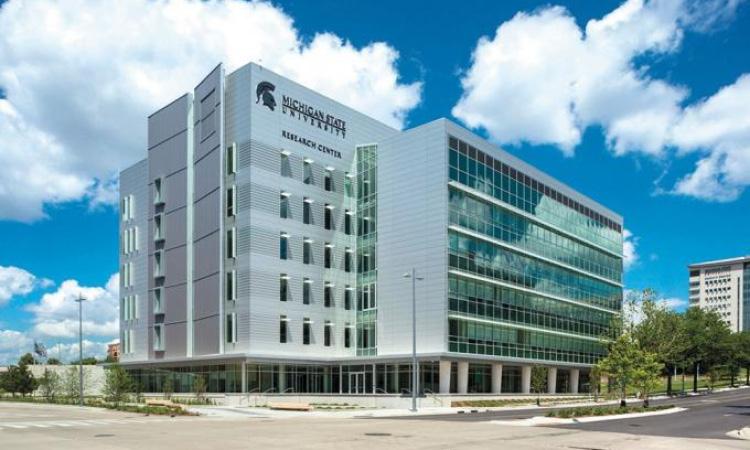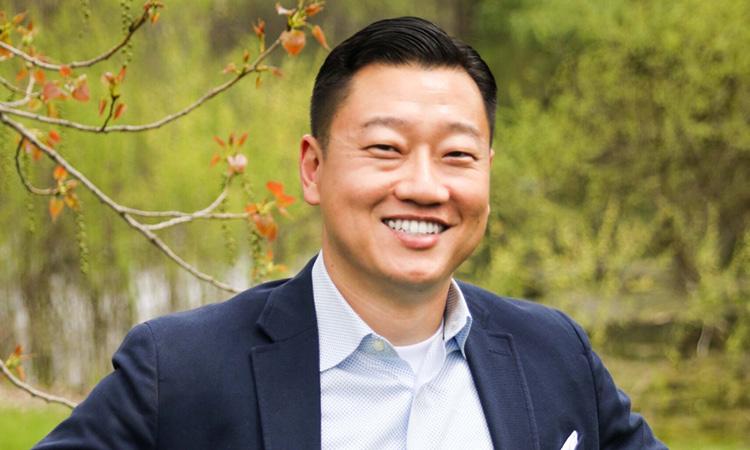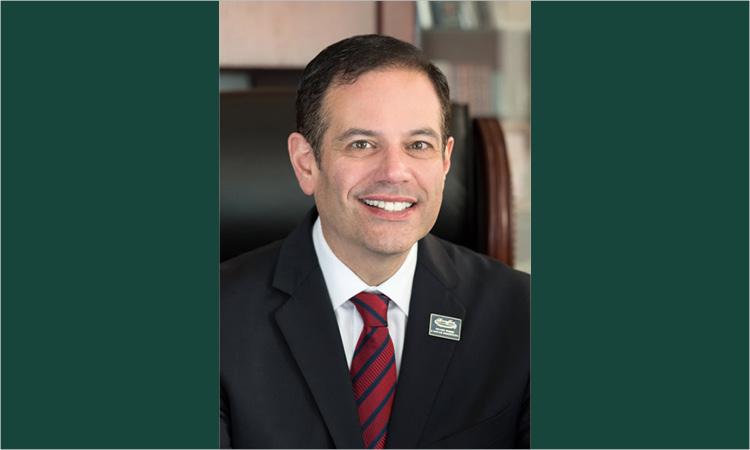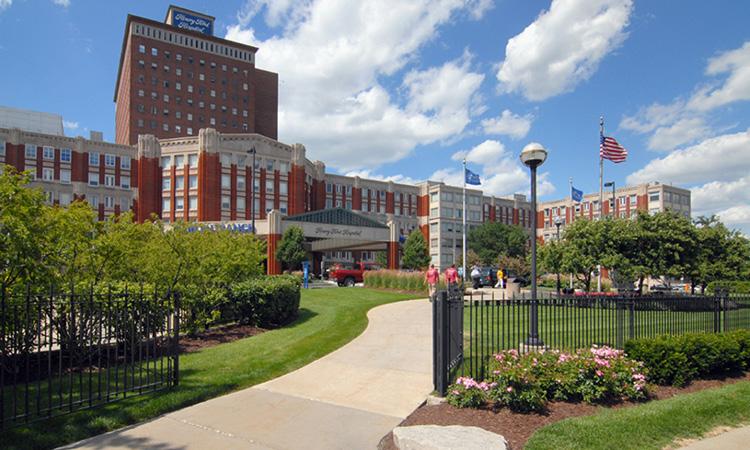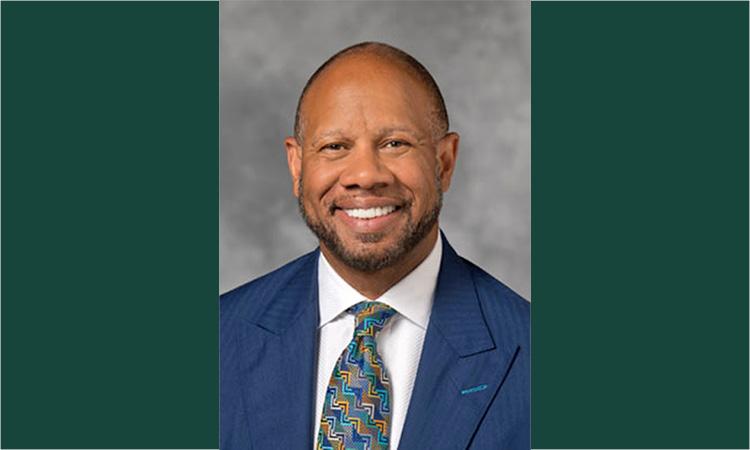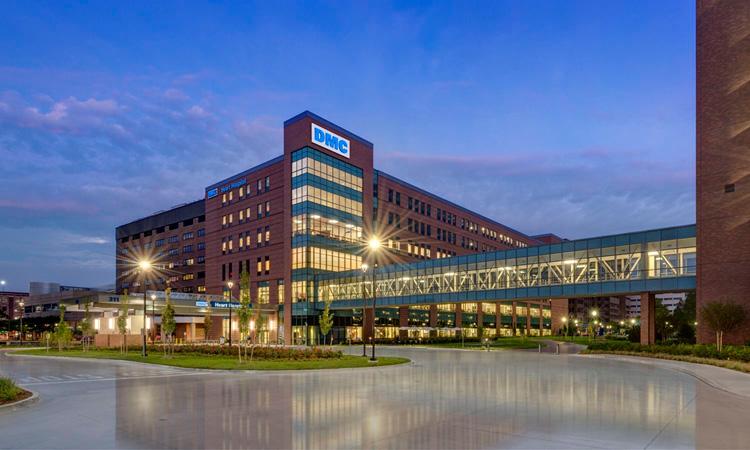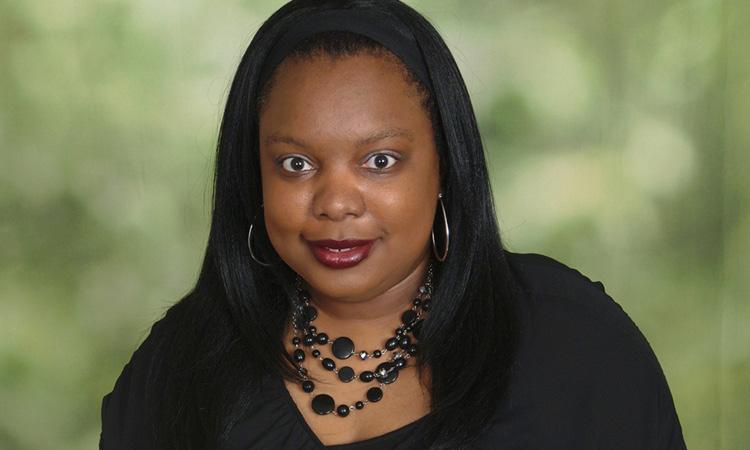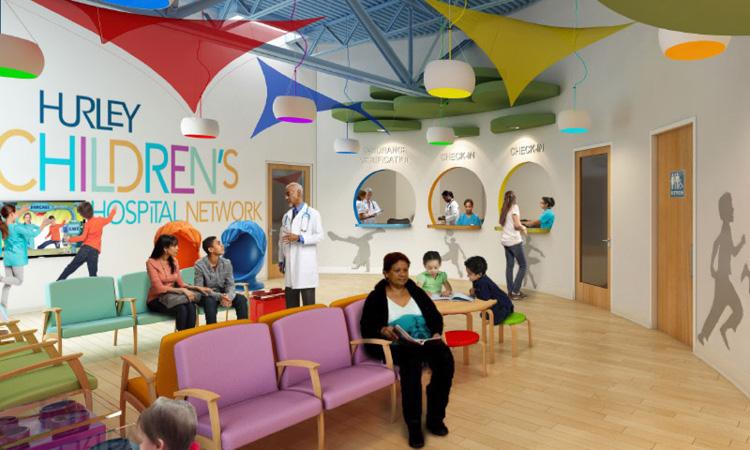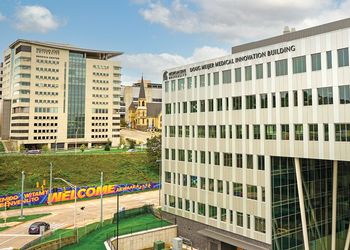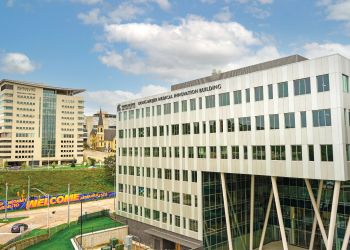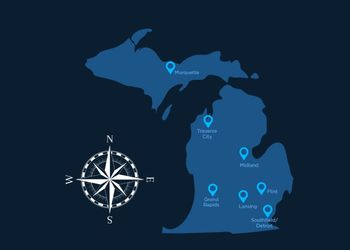Through affiliations with Ascension Genesys, Hurley Medical Center and McLaren, MSU works with community leaders to improve health services and outcomes in Flint. Social outreach also plays a vital role in education and training, which lets students engage with the communities they serve. A better understanding of the people they’re helping leads to improved care and more positive relationships with community health partners.
“In these partnerships, all have a voice in how public health projects are planned, implemented and evaluated,” says Dr. Rodlescia Sneed, assistant professor in the Department of Family Medicine and online Master of Public Health faculty. “The work to be done is not easy—but it’s certainly rewarding.”
Flint is home to MSU’s Division of Public Health, where Spartans work community partners to address the needs of the region in community-led ways. The results have been equal parts effective and inspiring. One notable example is MSU-Hurley Children’s Hospital Pediatric Public Health Initiative’s response to the limited access to healthy food—a common disparity in underserved areas. Through the Pediatric Prescriptions Program, families are given prescriptions that can be filled in the form of fresh fruits and vegetables at the Flint Farmers’ Market. The program was such a success it was implemented nationwide as part of the 2018 U.S. Farm Bill, drafted with leadership from Michigan Sen. Debbie Stabenow.
Key to MSU’s involvement in Flint is ensuring that public health decisions are made in partnership with the community. Their voices lead the way, and this makes the city a model for community-led public health.
“We do public health with the community. Not in the community, not for the community,” says Jill Vondrasek, health care communicator for the College of Human Medicine’s Division of Public Health. “Community members are our partners and our inspiration. It is their voice that informs MSU’s public health response in Flint.”
That partnership is how social needs are met. For many in the area, transportation is a challenge. To make health care visits more accessible, MSU-Hurley Children’s Hospital and MSU’s medical education and public health research space are located across the street from Flint’s main mass transit hub. And it’s no accident that the Flint Farmers’ Market shares a parking lot with these two institutions, as it allows families to visit their doctors and fill their produce prescriptions in the same visit.
“The work we do in community engagement is really innovative,” adds Sneed. “Community members have a heart for their communities, and that’s contagious.”
That kind of real-world thinking and community partnership doesn’t end at the city limits. Rural populations face their own set of health care challenges. Compared to their urban and suburban counterparts, people in rural communities are less likely to have jobs that provide health insurance or pharmacy benefits. They often must travel great distances for care and can lack broadband internet access, making telehealth visits a challenge.
“In these partnerships, all have a voice in how public health projects are planned, implemented and evaluated. The work to be done is not easy—but it’s certainly rewarding.”
— DR. RODLESCIA SNEED
Assistant Professor, MSU Department of Family Medicine
MSU’s Leadership in Rural Medicine programs prepare medical students to work in these underserved communities through partnerships with local clinics and hospitals. At campuses in Marquette, Traverse City and Midland, students spend much of their time immersed in smaller rural communities around the state. Not only as caregivers, but also as community residents.
“They don’t just go for clinical experiences, they actually live within that community while they’re there,” says Dr. Andrea Wendling, professor and director of rural health curriculum. “They have an enhanced curriculum where they work with hospital leadership, community health departments and with the public health medical director of the region.”
The program also puts students side by side with members of the community. “They learn about housing options,” Wendling continues. “They learn about educational opportunities and major employers. They visit different places within the community, so they can really understand the patient’s experience.”
Given Michigan State’s commitment to communities throughout the state, it’s no surprise that the rural medicine program was one of the nation’s first, dating back to 1975 when the inaugural class began their training at St. Francis Hospital in Escanaba. Today, Wendling says many of the students in the rural physician and rural community health programs come from rural areas: “A lot of them have seen the problems within their communities; they have had family members who are sick and they may have had gaps in care because of this disparity. They want to go back and make a difference.”
It’s another example of MSU meeting people where it matters most: close to home.
Whether public or private, academic or clinical, the health care partnerships that thrive throughout the state are consistently focused on people and communities. They have emboldened and enlivened the thinking and doing as Michigan State seeks to increase accessibility and reduce health disparities. It’s made MSU a launchpad for innovative, inclusive research and treatment. But it couldn’t be done without reaching outside our walls to shake hands with the people who could help make the moving pieces move a little better. Not for each other, but for everyone.
When it comes to these partnerships, Beauchamp sums it up best: “Together, we will transform health care and prove that hope, health and healing can be made available to all people.”
It’s a big idea. And it’s coming to life before our eyes.
Tim Cerullo, '08
Hope, Health & Healing
